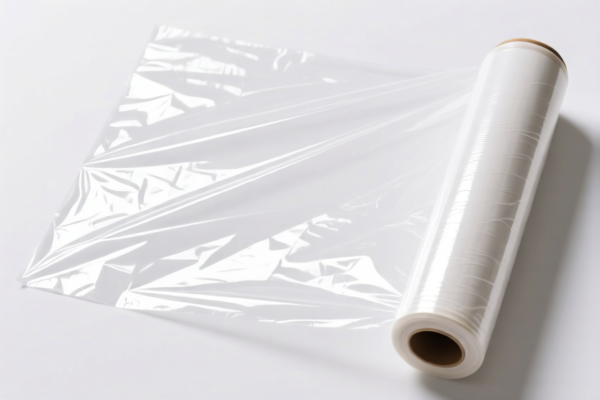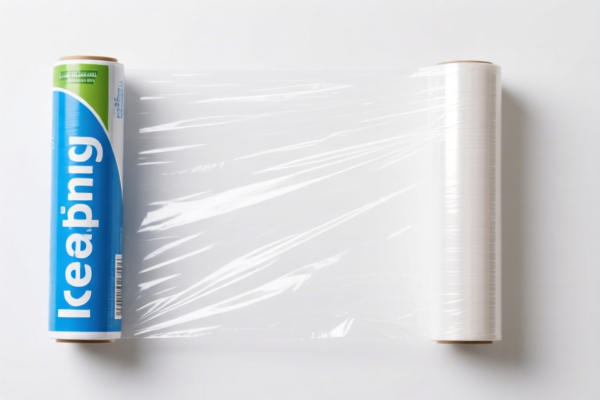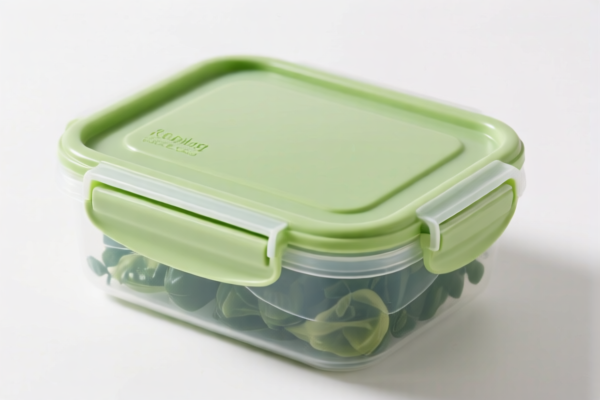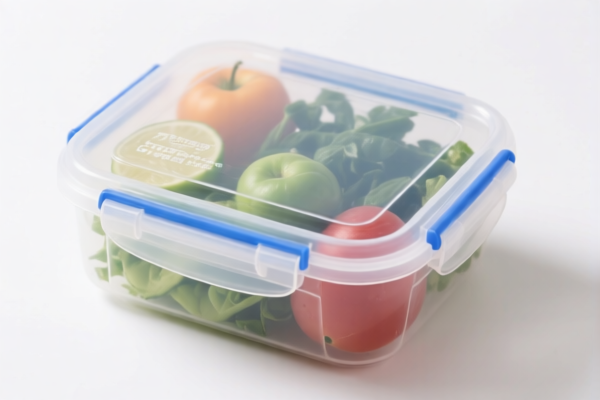| HS Code | Official Doc | Tariff Rate | Origin | Destination | Effective Date |
|---|---|---|---|---|---|
| 9620005000 | Doc | 60.3% | CN | US | 2025-05-12 |
| 9620005500 | Doc | 58.3% | CN | US | 2025-05-12 |
| 9605000000 | Doc | 38.1% | CN | US | 2025-05-12 |
| 8214909000 | Doc | 1.4¢ each + 3.2%+30.0% | CN | US | 2025-05-12 |
| 8214906000 | Doc | 0.2¢ each + 3.1%+30.0% | CN | US | 2025-05-12 |
| 3923900080 | Doc | 58.0% | CN | US | 2025-05-12 |
| 3923500000 | Doc | 60.3% | CN | US | 2025-05-12 |
| 4421918800 | Doc | 30.0% | CN | US | 2025-05-12 |
| 4421998800 | Doc | 37.5% | CN | US | 2025-05-12 |
| 4419110000 | Doc | 33.2% | CN | US | 2025-05-12 |
| 4419120000 | Doc | 33.2% | CN | US | 2025-05-12 |
| 8210000000 | Doc | 58.7% | CN | US | 2025-05-12 |




Fresh Keeping Set
A fresh keeping set (also known as food storage containers, or simply containers) refers to a collection of receptacles designed to store food items, preserving their freshness, flavor, and quality for extended periods. These sets typically comprise containers of varying sizes and shapes, often with airtight lids.
Material:
- Plastic: The most common material due to its affordability, lightweight nature, and versatility. Common plastics include polypropylene (PP), polyethylene (PE), and Tritan. PP is frequently used for its heat resistance and microwave safety.
- Glass: Offers superior clarity, odor resistance, and is generally considered safer for long-term storage and reheating. Borosilicate glass is particularly favored for its thermal shock resistance.
- Stainless Steel: Durable, rust-resistant, and suitable for both hot and cold foods. Often used for lunchboxes and on-the-go storage.
- Silicone: Flexible, heat-resistant, and often collapsible for space-saving storage. Commonly used for smaller items or as lids.
Purpose:
The primary purpose of a fresh keeping set is to:
- Extend Food Lifespan: By creating a barrier against air, moisture, and contaminants, these sets slow down spoilage.
- Prevent Odor Transfer: Airtight seals minimize the spread of smells between different foods.
- Organize Refrigerators and Pantries: Sets allow for neat and efficient storage.
- Facilitate Meal Preparation & Portion Control: Different sizes support batch cooking and pre-portioned meals.
- Enable Safe Food Transport: Secure lids prevent spills during travel.
Function:
Fresh keeping sets function by:
- Creating an Airtight Seal: Lids with rubber gaskets or locking mechanisms minimize air exposure.
- Providing a Moisture Barrier: Protects food from drying out or becoming soggy.
- Offering Stackable Designs: Maximizes space utilization.
- Some sets offer vacuum sealing: Removing air further extends freshness.
- Some sets are designed for specific food types: such as produce with ventilation, or liquids with leak-proof seals.
Usage Scenarios:
- Refrigerating Leftovers: Storing cooked meals to prevent spoilage.
- Packing Lunches: Transporting food to work or school.
- Freezing Food: Long-term storage of meals, fruits, and vegetables.
- Pantry Organization: Storing dry goods like cereals, pasta, and snacks.
- Meal Prepping: Preparing ingredients or entire meals in advance.
- Picnics & Outdoor Events: Transporting food safely and conveniently.
Common Types:
- Modular Sets: Containers of varying sizes that stack and nest for efficient storage. The most common type.
- Glass Sets: Often feature glass containers with plastic or glass lids.
- Plastic Sets: Typically made from PP or Tritan, often with rubberized seals.
- Stainless Steel Sets: Durable and often used for lunchboxes or on-the-go storage.
- Vacuum Seal Containers: Use a pump to remove air, significantly extending food freshness.
- Produce Containers: Designed with ventilation holes to regulate moisture levels for fruits and vegetables.
- Lunchboxes: Specifically designed for carrying lunch, often with compartments and insulated features.
- Divided Containers: Feature internal dividers for separating different food items within a single container.
The declared goods, “fresh keeping set,” appear to be a collection of items designed for preserving food. Based on the provided information, several HS codes may be relevant, depending on the composition of the set.
Here are the potentially applicable HS codes:
- 9605000000: This code covers “Travel sets for personal toilet, sewing or shoe or clothes cleaning (other than manicure and pedicure sets of heading 8214)”. While not a direct match, if the “fresh keeping set” includes items for personal hygiene related to food preparation (e.g., small hand sanitizers, cleaning wipes for food containers), this code could be considered. The tax rate details are: Basic tariff: 8.1%, Additional tariff: 0.0%, Additional tariff after 2025.4.2: 30.0%, Total tariff: 38.1%.
- 3923900080: This code covers “Articles for the conveyance or packing of goods, of plastics; stoppers, lids, caps and other closures, of plastics: Other Other”. If the set contains plastic containers, lids, or other packaging components for food preservation, this code is applicable. The tax rate details are: Basic tariff: 3.0%, Additional tariff: 25.0%, Additional tariff after 2025.4.2: 30.0%, Total tariff: 58.0%.
- 3923500000: This code covers “Articles for the conveyance or packing of goods, of plastics; stoppers, lids, caps and other closures”. If the set contains plastic containers, lids, or other packaging components for food preservation, this code is applicable. The tax rate details are: Basic tariff: 5.3%, Additional tariff: 25.0%, Additional tariff after 2025.4.2: 30.0%, Total tariff: 60.3%.
- 4419110000: This code covers “Tableware and kitchenware, of wood: Of bamboo: Bread boards, chopping boards and similar boards”. If the set includes wooden boards for food preservation, this code is applicable. The tax rate details are: Basic tariff: 3.2%, Additional tariff: 0.0%, Additional tariff after 2025.4.2: 30.0%, Total tariff: 33.2%.
- 4419120000: This code covers “Tableware and kitchenware, of wood: Of bamboo: Chopsticks”. If the set includes wooden chopsticks for food preservation, this code is applicable. The tax rate details are: Basic tariff: 3.2%, Additional tariff: 0.0%, Additional tariff after 2025.4.2: 30.0%, Total tariff: 33.2%.
Important Note: The correct HS code will depend on the specific materials and components of the “fresh keeping set.” If the set contains items made of different materials (e.g., plastic containers and wooden boards), multiple HS codes may be required for a complete declaration.
Customer Reviews
No reviews yet.